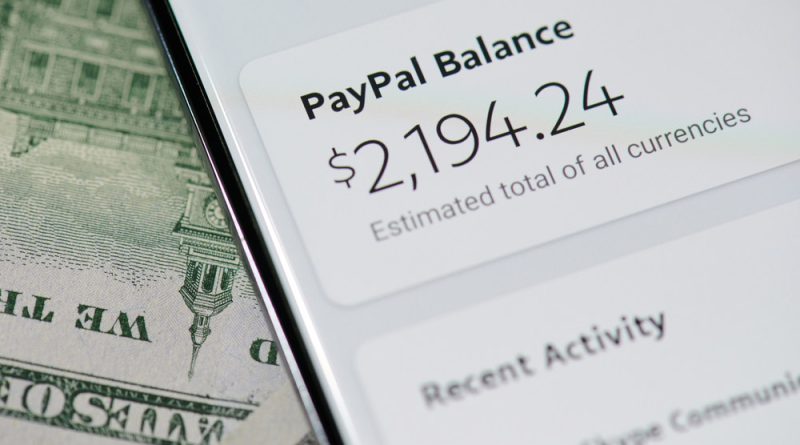New PayPal Phishing Scam Targets Users with Fake Payment Requests—What You Need to Know
Cybercriminals are targeting PayPal users in a new phishing scam that exploits legitimate-looking payment requests to hijack accounts and compromise sensitive financial data. This sophisticated attack bypasses traditional phishing checks, leaving unsuspecting users vulnerable.
How the Scam Operates
The scam begins with attackers utilising Microsoft 365 test domains, which they can access for free for up to three months. These domains enable the creation of distribution lists containing email addresses harvested from various sources.
The scammers then use PayPal’s legitimate payment request feature to send fake invoices to their targets, often demanding large sums of money. When recipients click on the link to view or dispute the payment request, they are redirected to a PayPal login page.
If users enter their credentials, the scammers gain access to their accounts. Additionally, PayPal’s system mistakenly links the victim’s account to the scammer’s distribution list, granting the attackers control over the account.
Why This Scam Is Difficult to Detect
This phishing scam is particularly dangerous due to its reliance on authentic-looking email addresses and URLs. Unlike traditional phishing emails, these messages lack obvious red flags such as poor grammar or suspicious links.
Even PayPal’s own phishing detection guidelines may not flag these emails as fraudulent, making it harder for users to identify the threat. Victims are often caught off guard because the emails appear to be genuine PayPal communications, prompting them to act quickly, especially when faced with high-value payment requests.
How to Stay Safe
To protect yourself from this phishing scam, follow these tips:
- Don’t Panic: A payment request does not mean money will be automatically withdrawn from your account. Treat unsolicited or suspicious requests with caution.
- Verify the Source: Carefully check the sender’s email address, even if it appears legitimate. Cross-check it with official PayPal communications.
- Log in Directly: Always access your PayPal account by typing the URL into your browser or using the official app, rather than clicking on links in emails.
- Enable Two-Factor Authentication (2FA): Adding 2FA can provide an extra layer of security, making it harder for attackers to gain access even if your credentials are compromised.
For organisations, cybersecurity experts recommend implementing email security rules to detect unusual patterns, such as multiple requests originating from distribution lists. This can help protect employees from falling victim to similar scams.
Why It Matters
As cybercriminals adopt increasingly advanced techniques, it is crucial for users to stay informed and proactive about online safety. Vigilance, combined with simple preventative measures such as ignoring suspicious emails and verifying payment requests independently, can go a long way in mitigating risks.
By staying alert and following best practices, users and organisations alike can safeguard their accounts and prevent significant financial harm from this latest phishing threat.

